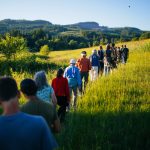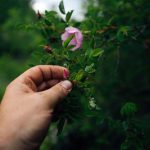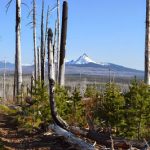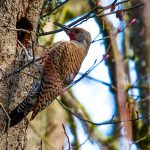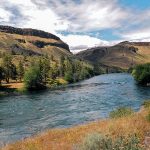Walking for Beer
Beers Made by Walking joins nature with brewing
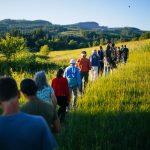
Walking the berggren watershed conservation area. Photo by Trask Bedortha. Take a stroll, brew a beer: That’s the concept behind Beers Made by Walking, a program that uses the beauty of nature to inspire new brews in states around the country. Continue reading
